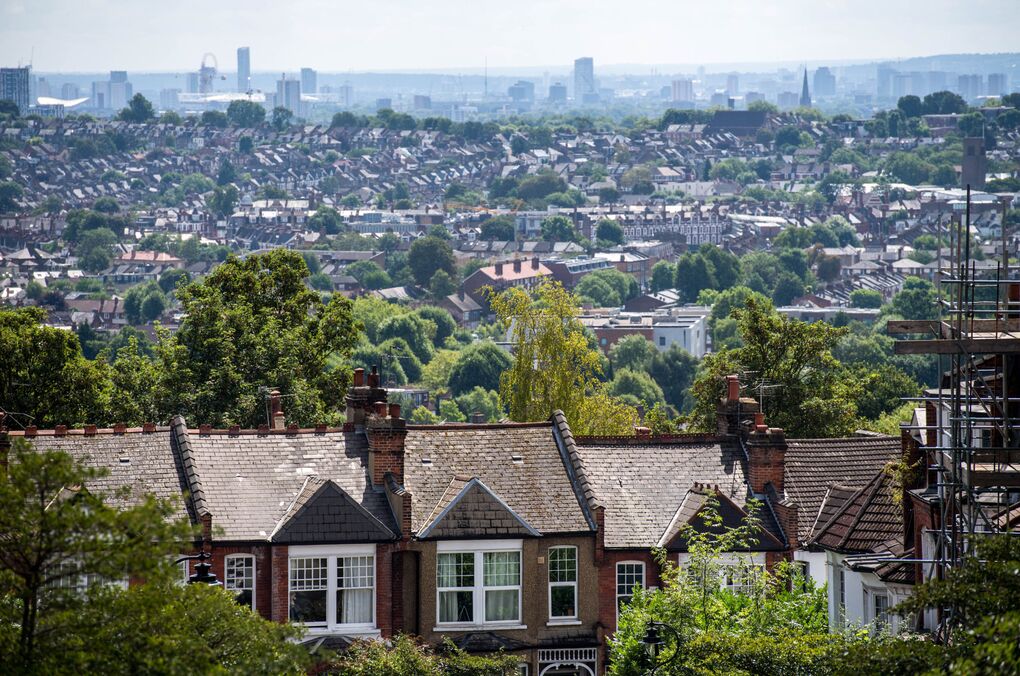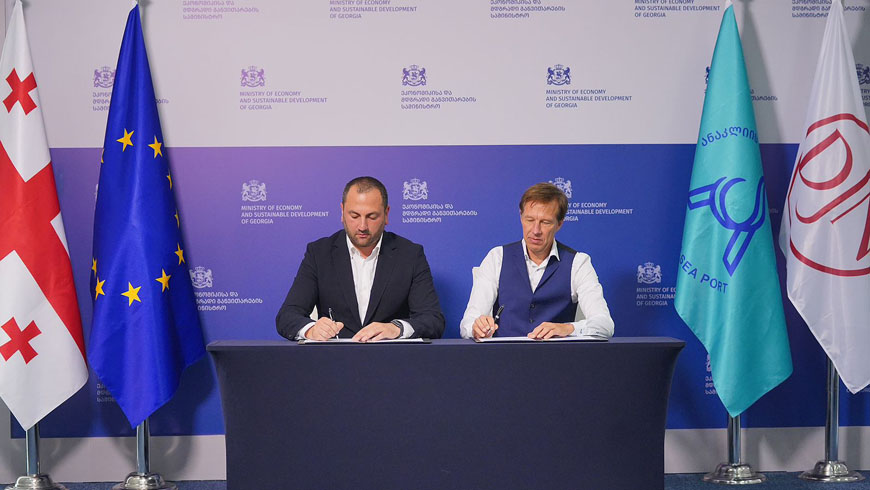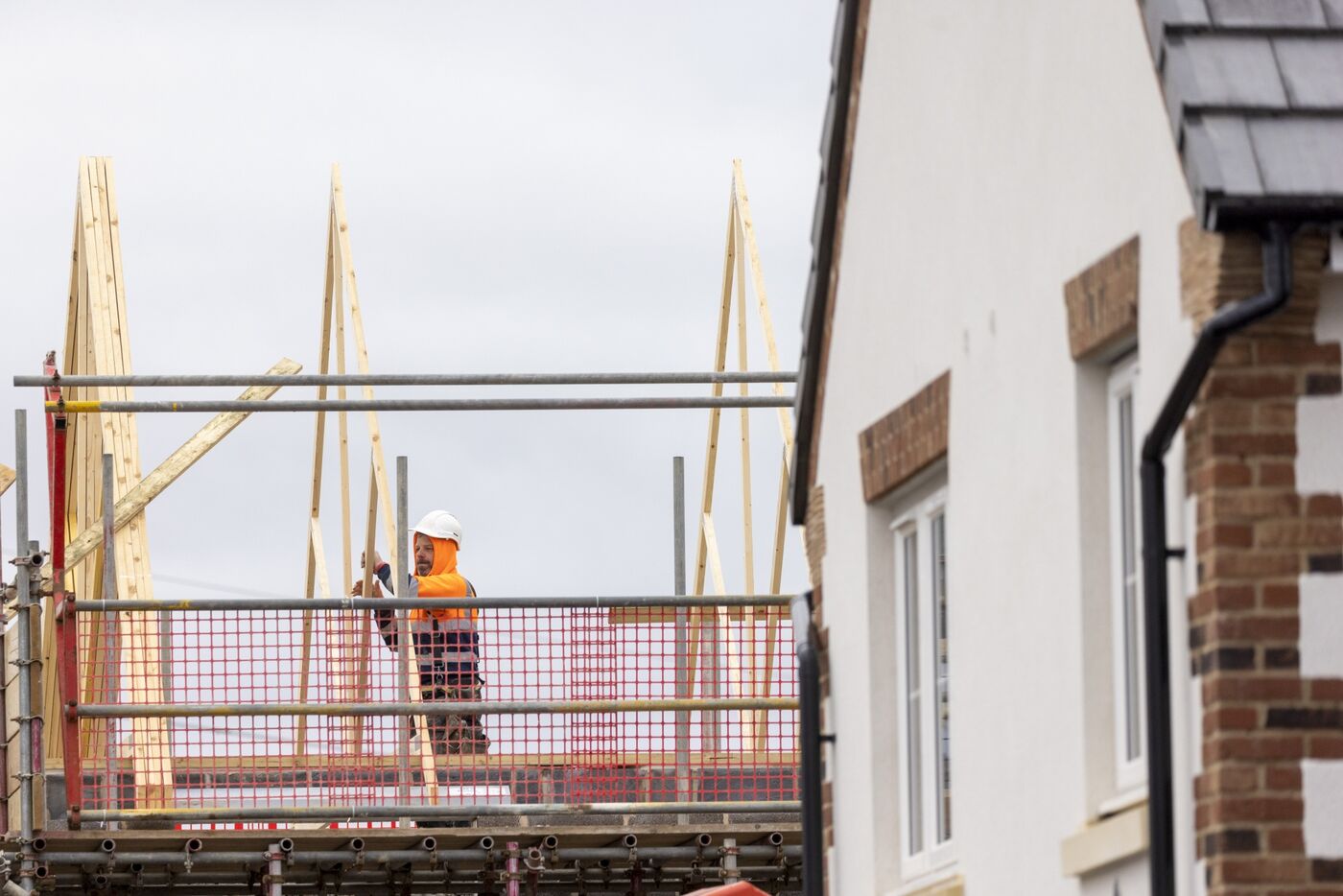London House Prices See Biggest Fall Since 2009 in ONS Data
The downturn in the UK housing market steepened in October, with the average cost of a home sliding 1.2% from a year earlier as higher interest rates stymied activity.
The average house cost £288,000 ($364,650), the Office for National Statistics said Wednesday. The fall followed a 0.6% annual decline in September. London house prices in October dropped 3.6%, the most since 2009 when the financial crisis was raging.
The figures add to the impression of a property market under pressure after the Bank of England aggressively raised interest rates in a bid to tame inflation. The ONS recorded 82,910 transactions in October, down 21% on the year and 3% on a month earlier.
Official Data Shows UK House Prices Falling For First Time in a Decade
Falling house prices could prove problematic for Prime Minister Rishi Sunak, who is gearing up for a general election next year. Traditional Conservative voters tend to be more likely to own property, and will be keen to avoid a fall in valuations.
Yet with the Tories lagging the opposition Labour Party in opinion polls, Sunak also needs to appeal to a wider demographic — and younger voters have consistently rated the affordability and availability of housing among their top issues.
ONS Head of Housing Market Indices Aimee North said the falls in October were “widespread across almost all nations and regions with only Scotland and the North East of England reporting annual price growth.”
“London saw the steepest fall in average house prices and its annual inflation rate now stands at its lowest level since 2009,” she said.
The main gauges of the UK property market are now all showing prices falling modestly on an annual basis.
The ONS measure is the most comprehensive as it includes cash buyers as well as those with mortgages. It is also more backward-looking and based on completed sales, whereas Nationwide Building Society and Halifax use agreed mortgage deals.
The market has nonetheless held up better than expected. At the start of the year many economists were expecting a peak-to-trough slump of 10%.
Most economists expect any future falls to be limited. Gabriella Dickens, senior UK economist at Pantheon Macroeconomics, said the data pointed to a 5% peak-to-trough fall.
“The leg-down in the official measure of house prices in October likely won’t be the last,” she said, pointing out that the ONS’s measure of house prices was currently just 1.4% below its November peak.
Prices “should start to recover materially by the spring, buoyed by falling mortgage rates,” Dickens said. “Affordability also will be boosted by the ongoing recovery in real incomes and a resilient labour market. As a result, we look for a 5% rise in prices during 2024, with the official index returning to its previous peak in Q4.”
Even as house prices have moderated, rents are rocketing. Private rents increased by 6.2% in the year to November, the largest annual change since data began in January 2016, up from 6.1% a month earlier.
In London, rents climbed 6.9%, the highest in data going back to 2006. This likely understates the challenge facing new renters, as the ONS data measures increases across the entire stock of rental properties rather than just newly agreed lets.
Landlords have been leaving the rental market under the burden of higher mortgage costs and greater regulation, while demand from tenants looking to rent in the capital post-Covid pandemic has increased. This is causing a painful supply squeeze, with the Royal Institution of Chartered Surveyors expecting rental prices to rise further over the next year.
Staff at the BOE denied they were responsible for a long-term squeeze in the rental market. In a blog post Wednesday, Daniel Albuquerque and Jamie Lenney in the Monetary Policy and Outlook Division cited research showing that while interest-rate rises may initially put pressure on the rental market, they decrease rental prices in the long run.
Bloomberg.com





